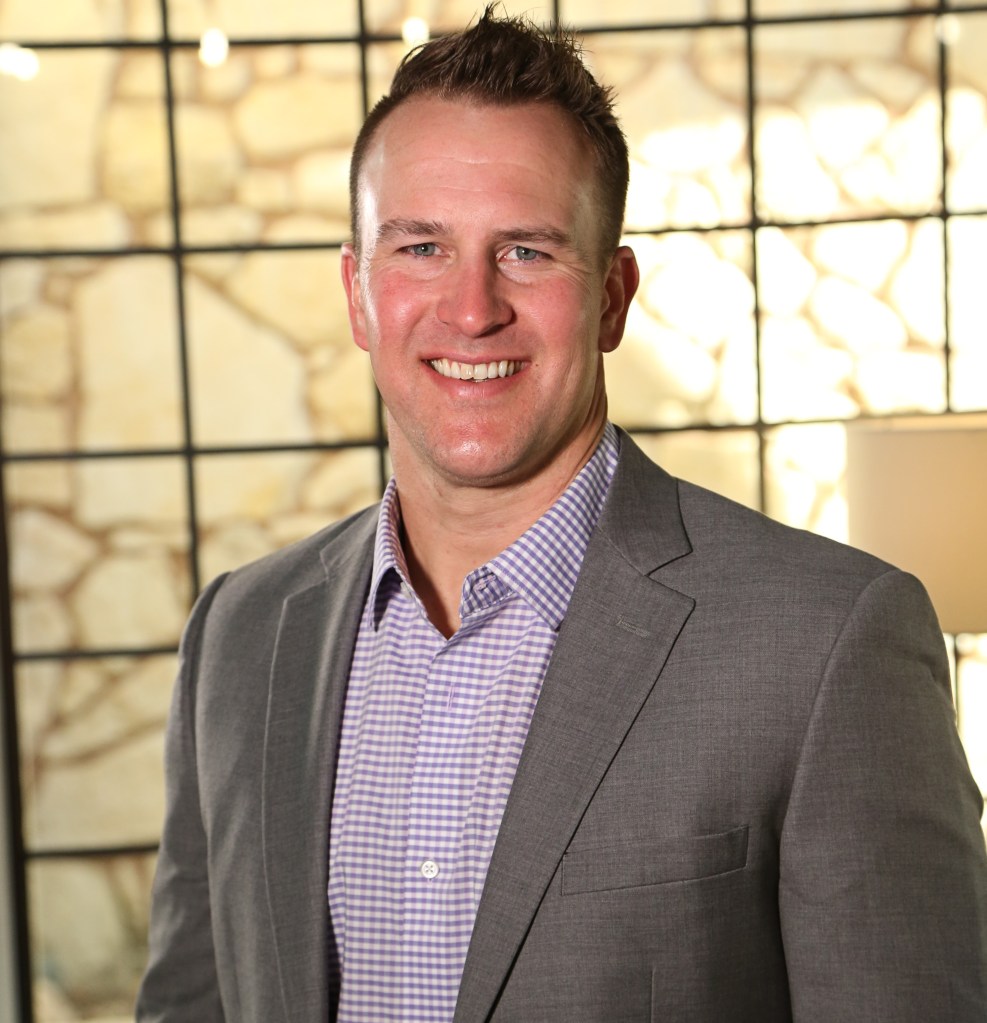How the Non-Admitted Market Has Become a Core Part of Insurance Coverage
By: Olivia Overman
Once upon a time, the excess & surplus market was considered only as a last resort by agents and brokers looking to place business. However, as the traditional market has hardened, this has changed.
As many admitted carriers exit markets, limit coverage or increase rates, the E&S market has become the fastest-growing market in the industry and is playing an increasingly important role in supporting clients and agents when finding coverage.
“The E&S market provides much-needed options and flexibility to both create stability in some lines and risk types, as well as to allow for expansion into emerging risks,” says Rachael Rizzi, vice president of risk management, Branch Benefits Consultants.
“The E&S market steps in when the landscape of risk changes and unprepared standard carriers take big hits,” Rizzi says. “For example, in places like California, Nevada, Arizona and Colorado, where there have been widespread and catastrophic losses causing standard carriers to pull out, the E&S market is serving as the only viable path to coverage.”
But while the E&S market has enjoyed considerable growth, it hasn’t been immune to factors such as catastrophic weather events, inflation, construction costs and reinsurance renewals.
Currently, the E&S market appears to be mirroring the traditional insurance market with rising rates and a reduction in capacity, particularly around the property markets. Nevertheless, through the third quarter of 2022, year-over-year premium growth continues to be generated by excess & surplus lines insurers, according to the AM Best Market Segment Outlook Report for the first quarter of 2023.
However, “at this point in the cycle, the [E&S] market is still very hard, but different parts of the market are at different levels of hardening,” says Alex Bargmann, CEO and co-founder, Pathpoint. “Trends in the property market include extremely limited capacity for the property catastrophe risk, and that’s really a function of reinsurance capacity.”
One notable impact for agents within this market is “the limited capacity to write CAT property coverage leading carriers to look to package it with casualty coverage, certainly in the small and medium business segment,” Bargmann says. “Carriers will only write the property coverage if they’re also getting to write the casualty exposure of the account that they want to cover as well.”
Further, “states that are plaintiff-friendly and states that are experiencing a huge increase in CAT-related losses are seeing the largest increases in E&S market share,” Rizzi says. “Since E&S companies are typically not regulated as tightly as standard carriers, they have the flexibility to adjust rate structures, coverage forms, and underwriting guidelines in response to stressors and gaps in the market much more nimbly.”
Other growth areas within the E&S market include construction, energy, health care, environmental and professional liability. As the non-admitted segment continues to grow year after year, agents are becoming more comfortable with what the market has to offer as an alternative to the admitted market.
“On the property side, there’s a trend of new entrants coming to market both on the Lloyd’s of London side and domestically, but the conventional wisdom is that it’s not like in prior super-hard markets where there’s suddenly a bunch of startup carriers or reinsurance carriers that are easing the market,” Bargmann says. “On the professional side, there’s a trend, in the small and mid-market, of carriers trying to go into what are seen as profitable lines like small management liability business and offering new products there.”
For agents, it is imperative to understand that “coverage forms and provisions can vary wildly from carrier to carrier for the same line of business,” Rizzi says. “It is critical that agents read every policy and really understand how the coverage works.”
“Also, agents that find themselves with new types of risks that are quickly mainstreaming into everyday businesses—like artificial intelligence (AI) technology, cannabis or foreign operations—are well served leaning on the experience and knowledge of wholesale brokers,” she says.
“Additionally, I would highly recommend understanding the way insurance codes are applied to E&S business in your jurisdiction,” Rizzi adds. “For example, cancellation and nonrenewal laws may be applied and interpreted differently between E&S business and the standard market.”
Ultimately, while not every agent needs to use E&S every day, the need for the non-admitted market will only continue to grow. “The trend is that there’s going to be sustained carriers pushing business to the non-admitted market, not wanting to write it in the admitted program,” Bargmann says. “That’s going to mean that E&S will continue to be a core part of the broader insurance market.”
Olivia Overman is IA content editor.










